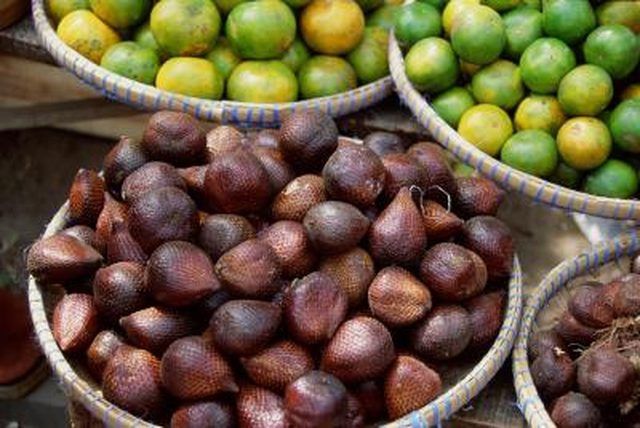Bulbs
Flower Basics
Flower Beds & Specialty Gardens
Flower Garden
Garden Furniture
Garden Gnomes
Garden Seeds
Garden Sheds
Garden Statues
Garden Tools & Supplies
Gardening Basics
Green & Organic
Groundcovers & Vines
Growing Annuals
Growing Basil
Growing Beans
Growing Berries
Growing Blueberries
Growing Cactus
Growing Corn
Growing Cotton
Growing Edibles
Growing Flowers
Growing Garlic
Growing Grapes
Growing Grass
Growing Herbs
Growing Jasmine
Growing Mint
Growing Mushrooms
Orchids
Growing Peanuts
Growing Perennials
Growing Plants
Growing Rosemary
Growing Roses
Growing Strawberries
Growing Sunflowers
Growing Thyme
Growing Tomatoes
Growing Tulips
Growing Vegetables
Herb Basics
Herb Garden
Indoor Growing
Landscaping Basics
Landscaping Patios
Landscaping Plants
Landscaping Shrubs
Landscaping Trees
Landscaping Walks & Pathways
Lawn Basics
Lawn Maintenance
Lawn Mowers
Lawn Ornaments
Lawn Planting
Lawn Tools
Outdoor Growing
Overall Landscape Planning
Pests, Weeds & Problems
Plant Basics
Rock Garden
Rose Garden
Shrubs
Soil
Specialty Gardens
Trees
Vegetable Garden
Yard Maintenance
Care & Maintenance of Fig Trees
Care & Maintenance of Fig Trees. Fig trees need a sunny spot, appropriate moisture levels and a warm, dry climate to grow successfully outdoors. They grow well in containers, though, so gardeners in colder regions can still maintain a healthy fig tree.

Fig trees need a sunny spot, appropriate moisture levels and a warm, dry climate to grow successfully outdoors. They grow well in containers, though, so gardeners in colder regions can still maintain a healthy fig tree.
Considerations
Key features in caring for fig trees are sunlight and soil drainage. Figs need full-sun planting sites for maximum fruit yield and disease prevention. Morning sun to eliminate overnight dew is key to keep disease from developing in a moist environment. Soil cannot hold standing water for more than 24 hours. The fig's roots will die in waterlogged soil, eventually killing the tree.
Types
Know what type of fig tree you have before pruning it. Fig trees do not need extensive pruning; older trees should be thinned slightly and all trees should have diseased or dead branches removed. Pruning Alma and Celeste trees results in a smaller yield, while Texas Everbearing will bear a large crop after a major pruning the previous winter.
Potential
Grow fig trees in containers to increase fruit yield. Containers curb root development so energy goes to fruit growth. The roots dry out quicker in pots, so the tree needs to be watered and fertilized more often.
Warning
Fig trees planted outdoors should be fertilized once a year in the spring. Overfertilization can lead to increased growth but immature fruit and a decreased yield.